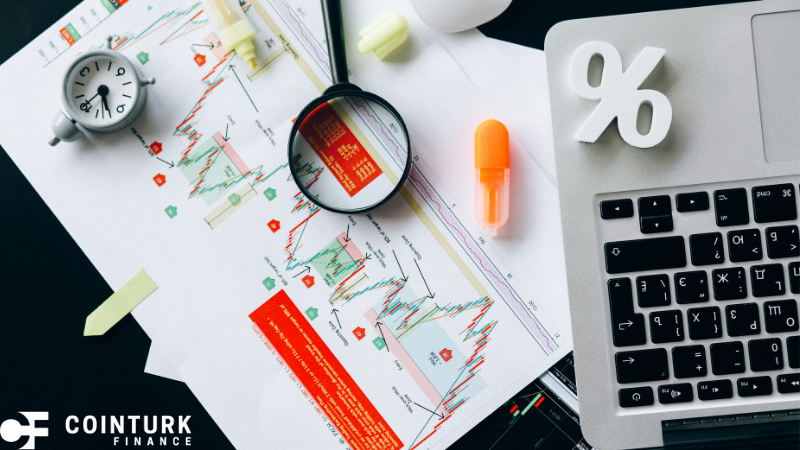The recent drop in the University of Michigan’s June Consumer Sentiment Index to a seven-month low has puzzled many, especially since the Consumer Price Index (CPI) showed no significant change earlier this week. This situation occurs even as the overall economy appears robust. A deeper look reveals that consumers are growing concerned about their financial futures, which is beginning to impact their spending habits.
Similar trends were observed last year when inflation concerns also led to a decline in consumer sentiment. Despite stable economic indicators, the gap between consumer perceptions and reality widened, reflecting growing economic anxiety. Additionally, earlier reports indicated that high-income consumers were also shifting their spending towards discount retailers, mirroring the current trend where even affluent shoppers turn to value-focused stores.
Inflation’s impact on everyday expenses, such as groceries and gas, has significantly increased since 2021. Consumers now pay roughly 20% more for these necessities, despite only a 16% rise in average earnings. This disparity is causing noticeable strain on retail sales, particularly for discretionary items.
Changing Shopping Patterns
Interestingly, consumers from all income levels are gravitating towards recommerce sites and more affordable brands. This shift is driven by a need to find better deals as savings dwindle and credit card debts rise. Data indicates that as of January, nearly two-thirds of consumers had already begun trading down to cheaper brands and merchants.
The flat CPI in June offers little comfort, as persistent high prices clash with moderate wage growth. Retail sales data from the first five months of 2024 shows a 2.3% increase, primarily in essential items like groceries and health products, while discretionary spending categories have declined.
Consumer Financial Struggles
Lower-income earners, particularly those making $50,000 or less annually, are acutely feeling the financial pinch. This demographic, which represents a significant portion of the workforce, lives paycheck to paycheck and often struggles to pay monthly bills. Their financial instability is compounded by a lack of savings and limited access to credit.
The situation is further exacerbated by the recent cooling of the labor market, adding to concerns about job security and wage growth. Despite their crucial role in the economy, these consumers face severe financial stress, with essential expenses consuming a large part of their income.
Key Inferences
– Inflation is eroding consumer purchasing power despite economic growth.
– Consumers are increasingly turning to discount and recommerce shopping options.
– Financial instability is pervasive across various income levels, contributing to declining discretionary spending.
The ongoing inflationary pressures are reshaping consumer behavior in significant ways. As prices for essentials rise, consumers are forced to cut back on discretionary spending, impacting various retail sectors. Financially stressed consumers, who make up a considerable portion of the population, are particularly vulnerable. These individuals often lack sufficient savings and face challenges in accessing credit, making them more susceptible to economic fluctuations.
Moreover, the shift towards discount and recommerce shopping options indicates a broader trend of value-seeking behavior among consumers. This trend has implications for retailers, who must adapt to changing consumer preferences and find ways to offer value without compromising quality. Financial products and services that can help consumers manage their expenses more effectively are likely to find a receptive market.










